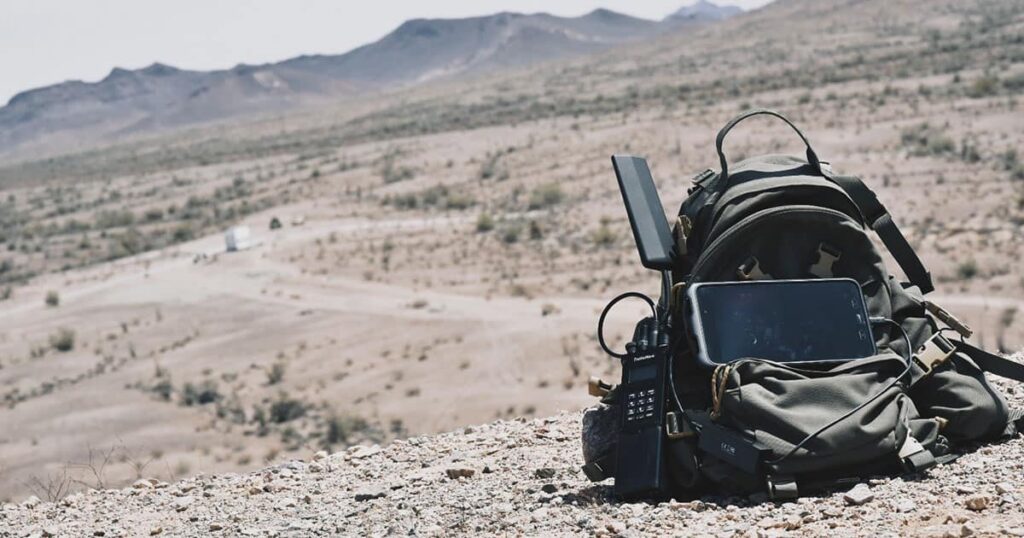
General Atomics Aeronautical Systems Inc. (GA-ASI) has demonstrated enhanced situational awareness and targeting capability for ground forces during a company-funded technology demonstration at Yuma Proving Grounds, Ariz.
The demonstration focused on enabling a Joint Terminal Attack Controller (JTAC) to control the Electro-optical/Infrared (EO/IR) sensor on a Gray Eagle Extended Range (GE-ER) Unmanned Aircraft System (UAS) and rapidly call for direct and indirect fire on an array of targets.
The JTAC was able to see GE-ER video, aircraft location, and sensor field of regard utilizing an Android Team Awareness Kit (ATAK) and a TrellisWare TW-950 TSM Shadow Radio. Utilizing the GE-ER’s open-architecture, the JTAC was able to send digital ‘Call for Fires’ to request artillery support, and a digital 9-line for Close Air Support with the push of a few buttons. The GE-ER, configured for Multi-Domain Operations, autonomously re-routed its flight path to provide the sensor data that the JTAC requested without commands from the GE-ER operator.
“GA-ASI remains committed to advancing technology that provides maximum situational awareness and lethality to the warfighter,” said GA-ASI President David R. Alexander. “The JTAC’s use of the ATAK tablet, while teamed with the Gray Eagle ER, enables rapid situational awareness and engagements, which addresses one of the Army’s top priorities.”
The use of this newly developed technology marks a significant improvement in situational awareness compared to the use of voice communications. The technology improved efficiency, reduced latency, and reduced risk of collateral damage.
In addition, the JTAC’s ability to orient GE-ER sensors on targets from an ATAK tablet reduces man-in-the-loop errors and increases targeting speed. These advancements are critical elements to current and future armed conflicts that reduce the risk to Soldiers forward on the battlefield.












